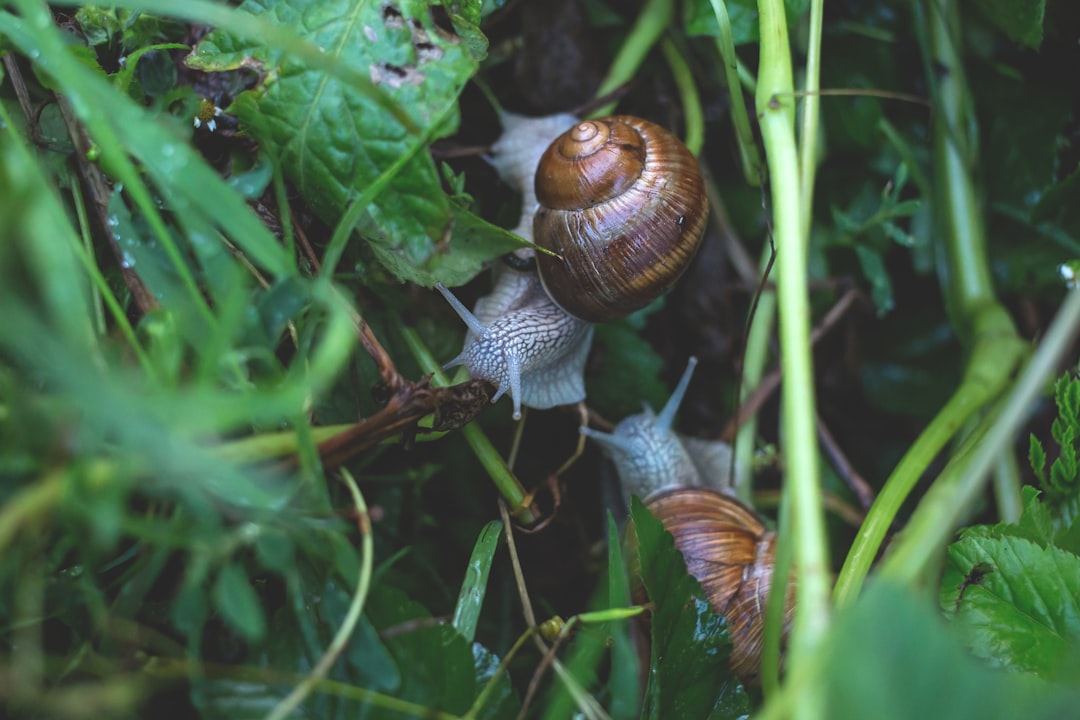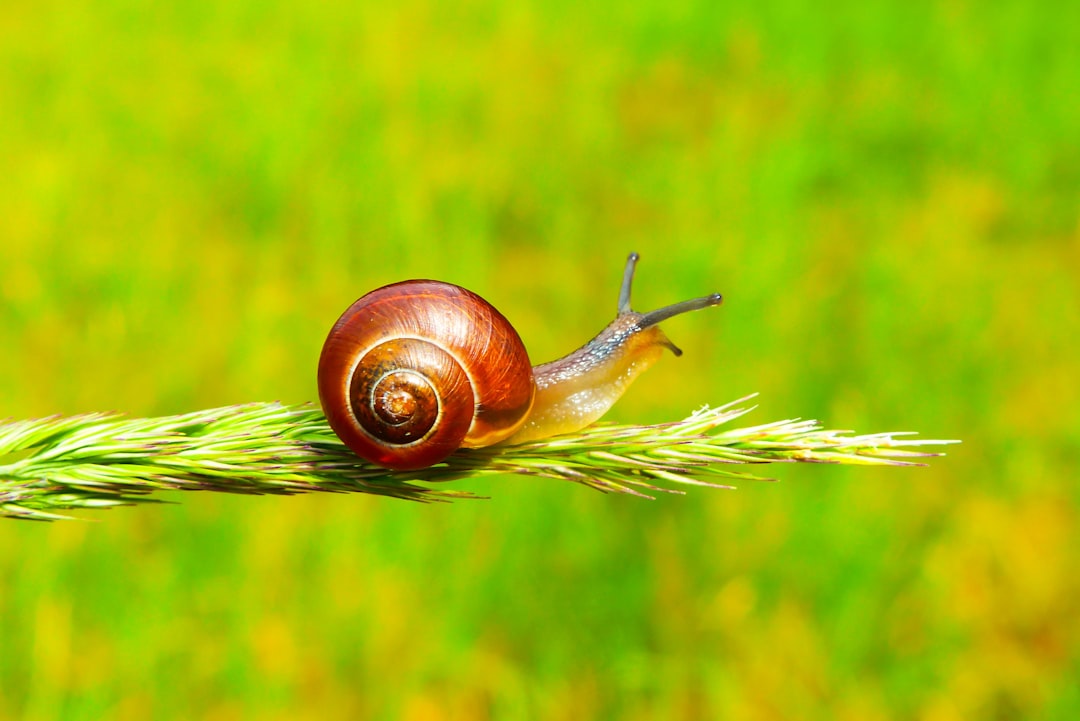Ready to dive into the fascinating world of snail breeding? Whether you're a seasoned gardener or just someone looking for a unique hobby, learning how to breed snails can be both rewarding and surprisingly simple. With a little patience and the right environment, you'll be well on your way to raising your own thriving snail colony.

Housing Your Snails
Creating the perfect home for your snails is key. Consider using aquariums, large plastic containers, or even pots. Whichever you choose, fill it with around 5 inches of moist soil—snails love a damp environment. Keeping the soil consistently moist will make your snails feel right at home. A little spritz of water here and there should do the trick. For a deeper dive into proper soil preparation and habitat setup, check out this useful resource on land snail care and breeding.

Feeding Time
Did you know that snails are quite the gourmets? Keep your snails happy and healthy by offering them a diet rich in fresh vegetables. Cucumber slices and lettuce leaves are top choices. Remember, a well-fed snail is a happy snail!

Bringing Snails Together
An interesting fact about snails is their hermaphroditic nature, meaning they possess both male and female reproductive organs. This means that you can start with just two adult snails from your garden to begin the breeding process. The more, the merrier! More information on this biological trait and its role in reproduction can be found in this detailed scientific resource.
Timing Is Everything: Mating Season
Springtime is the ideal mating season for snails. During this time, you might witness the intriguing courtship ritual featuring a ‘thin white arrow’—a part of snail romance you won't want to miss.
Egg Laying to Hatchlings
Post-mating, one of your snails will lay small, pearly white eggs. These should be covered by approximately three inches of soil. Remember, it's crucial to keep the soil damp without disturbing the eggs. In about three weeks, baby snails will hatch and emerge from the soil, eager to join the world. You can assist by creating a small tunnel if needed. To ensure the best success rates, don't miss this colorful and informative overview on hatching snail eggs.
Caring for Hatchlings
Newly hatched snails are delicate, tiny, and transparent. Providing immediate access to calcium is essential for their shell development. Cuttlefish bones or wet chalk make excellent calcium sources. Don't forget to offer shredded fresh greens for them to munch on.
Growing Pains
As your baby snails grow, give them the care they need to thrive. Lightly spray them daily to keep their environment moist, clean their living quarters weekly, and refresh their food every other day. With consistent care, they’ll grow rapidly. If you're interested in further exploring practical and regulatory considerations for breeding edible snails, the USDA provides excellent guidance on snail farming.
Here’s a quick reference:
| Stage | Care Needs | Frequency |
|---|---|---|
| Hatching | Maintaining damp soil | Daily |
| Feeding | Fresh vegetables | Every other day |
| Cleaning | Container cleaning | Weekly |
So there you have it! A step-by-step guide to breeding snails, right in your own backyard. Why not give it a try and add a touch of these delightful creatures to your garden ecosystem? If you're curious about the reproductive habits of aquatic snails as well, explore this article answering whether mystery snails are asexual. Lastly, for a better understanding of another popular aquatic species, this guide covers nerite snail reproduction myths and facts.
Have you ever tried breeding snails before, or do you have any tips to share? We'd love to hear about your experiences and any clever snail tales you might have—join the conversation below!
Frequently Asked Questions
How do I breed snails at home?
To breed snails at home, ensure you have healthy male and female snails that are well-fed and at least three months old. Provide a moist environment with a comfortable tank and optimum temperature. When the snails are ready, the male will follow and mate with the female naturally.
How do you start a snail farm?
To start a snail farm, choose soil that supports crops like tomatoes or leafy vegetables as it provides the right conditions. Prepare the soil by tilling and maintain a damp (not waterlogged) environment. Provide shelter, a fence, and plenty of vegetation for your snails to thrive.
What do baby snails eat after hatching?
Baby snails feed on soft, nutritious foods like lettuce, cucumbers, and calcium sources such as crushed eggshells. Maintaining a humid environment and ensuring a steady food supply is key to helping them grow healthy and strong.
How can I tell if my snails are mating?
When snails are mating, you may notice the male following the female closely around the tank. Eventually, the male climbs on the female's shell to complete the process. This behavior indicates a successful mating ritual.
How many eggs do snails lay?
The number of eggs snails lay depends on the species. For instance, land snails can lay between 30-100 eggs in a clutch, while aquatic snails often lay clusters of eggs on tank walls or plants. Ensuring proper conditions is crucial for successful hatching.
As you embark on this slimy yet surprisingly delightful journey of snail breeding, remember that every step you take contributes to a rewarding experience. If you're eager to learn more about snail care or simply want some inspiration for your new hobby, why not connect with us? We love sharing tips and ideas on Pinterest, where our boards are filled with creative setups and snail-friendly plant options. For a peek into our daily adventures and a behind-the-scenes look at the world of breeding, follow us on Instagram. And if you fancy a chat or have any questions, we're always buzzing with conversation over on X and Facebook. We're thrilled to have you as part of our community and can't wait to see your snail colonies flourish!
